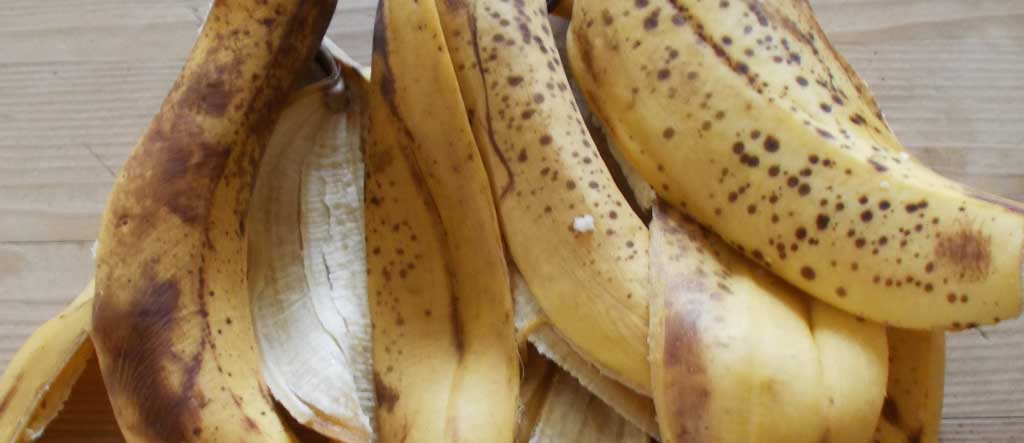
Guidelines for infant nutrition vary wildly and are often contradictory. A simple guideline to ensure the best nutrition for your infant are the baby’s natural growth stages. By 14 to 18 months of age a baby’s digestive tract begins to mature and the first molars appear. The molars are used to crush and grind food. With the appearance of the first molars, ptyalin—the amylase in saliva that converts starch into sugar, is produced making complex carbohydrates easier to digest. At this stage potatoes, bread and cereals can be introduced.
It is important that all grains be thoroughly cooked. Gluten-free pseudo-grains such as millet, buckwheat, quinoa and amaranth are good options. Legumes should be soaked and well cooked. Slowly introduce these foods in small amounts, always leaning more to the fruits and vegetables.
It will not do to feed mashed potatoes, corn meal mush, farina, and the like to toothless infants, and imagine that because these things can be swallowed without chewing, the problem is solved. They are also swallowed without being in-salivated and are eaten by one whose digestive juices are ill adapted to starch digestion.¹
How long should you nurse your baby?
Ideally, a baby should wean him/herself, usually after at least a year and preferably closer to 2 years. Some children want to nurse longer. If baby is weaned from the breast he can be given diluted fresh juice once or twice a day. A combination of carrot, apple and celery contains all the necessary nutrients and is often called vegetarian’s milk.
Almond Date Milk
- 1 cup pre-soaked almonds
- 2 soaked dates
- 1 litre water
Blend very well and strain through a fine sieve.
Banana Milk
- Very ripe bananas
- ½ teaspoon slippery elm powder
- 1 litre water
Blend well.
Juice
- 70% carrot juice
- 20% apple juice
- 10% celery juice
The ratio for baby is 3 parts juice to 1 part water.
Fluids & hydration:
The amount of fluid in breast milk or formula will usually be enough to keep your baby well hydrated. However, infants and toddlers can very quickly become dehydrated in very hot climates, if they have a fever or are vomiting a lot. Rehydration is essential if infants have diarrhoea—in this case, add a little sugar and salt to the water to make a simple electrolyte solution.
You can use urine colour as a guide:
Dark yellow urine suggests dehydration. The darker the colour the more concentrated the urine and the greater the need for rehydration. Clear urine signifies potential over-hydration. You want to see something somewhere in the middle: light to dark yellow.
Related Posts:
3 signals your baby is ready for solid food
Nutrition for 8 – 14 month baby
References:
(1) Shelton H.M. The Hygienic Care of Children. Online publication. Available at: https://soilandhealth.org/wp-content/uploads/02/0201hyglibcat/020110shelton/020110sheltontoc.html (accessed 01 June 2017)

